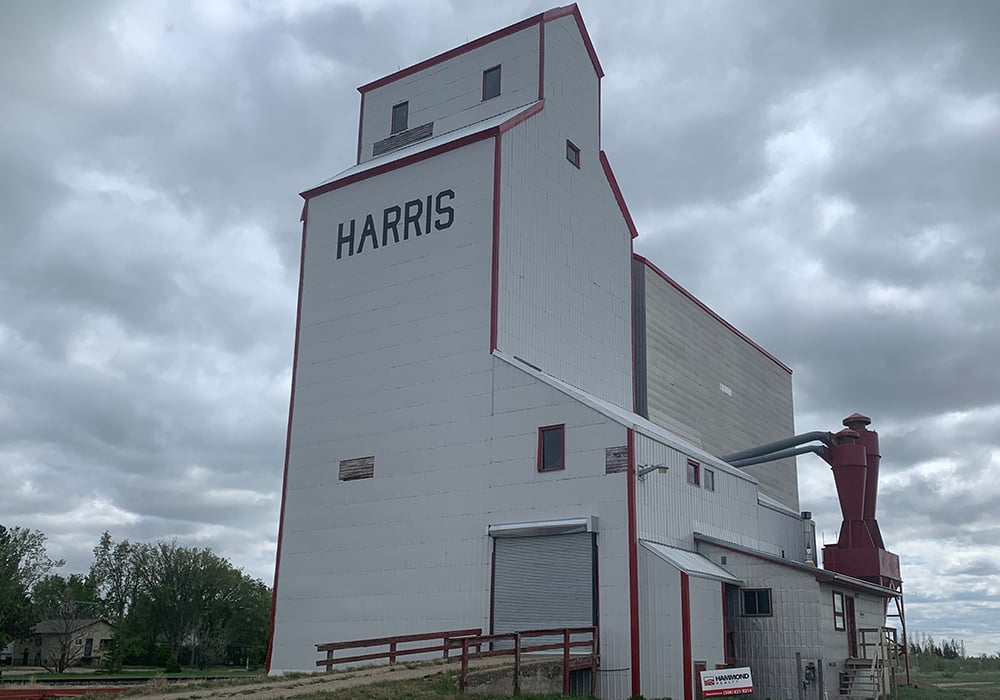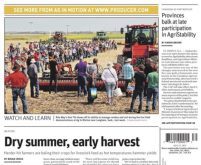Regular readers of this column will know that I have spent the last year writing about old editions of the Western Producer as part of this paper’s year-long celebration of its 100th anniversary.
Starting with the Aug. 27, 1923, issue, I jumped ahead every two years for the next 50 weeks until I reached the Aug 17, 2023, issue last month.
It was a fascinating journey as I watched 100 years of change unfold, such as how newspapers are put together and how Prairie farming is conducted.
Read Also

Don’t undermine the backbone of agriculture
Agriculture Canada and the dedicated public servants who work every day to support Canadian agriculture are a crucial pillar of the sector and they need support — not austerity.
Grain handling was one of the more interesting changes to witness.
When the first issue of the Producer — then known as the Progressive — was published in August 1923, farmers across the Prairies were working to build their own grain companies.
These co-operatives quickly established themselves, and their influence in provincial and federal politics was visible for decades in the pages of the Western Producer.
Then, as we reached the 1990s, it was time to watch the power of these farmer-owned companies fade and eventually disappear.
An apt metaphor for this rise and decline was the wooden grain elevator, which for decades was ubiquitous across the Prairie landscape.
It was an essential navigational tool for a kid in the 1960s and early 1970s as each elevator appearing on the horizon served as yet another sign that a long road trip was almost over.
However, these proud prairie sentinels eventually suffered the same fate as the once powerful prairie Pools, succumbing to new economics.
They haven’t completely disappeared.
A drive in the countryside will still reveal the occasional wooden elevator, now used by farmers to store their grain, by small specialty grain companies as a base of operations and by heritage enthusiasts as museums.
It’s also interesting to see these old industrial buildings continue to capture the imagination of a public far removed from their glory days.
Artist Yvette Moore runs a gallery in Moose Jaw, Sask., in which she displays her paintings. Many of them are of Prairie landscapes, and many of those are dominated by old wooden grain elevators.
It’s possible Moore is catering to an older audience, but that doesn’t explain seeing similar wooden elevator images in artwork hanging on the walls of a hip, trendy coffee shop in Regina this summer.
These remnants of an earlier time clearly continue to cast a spell over the public, young and old.















